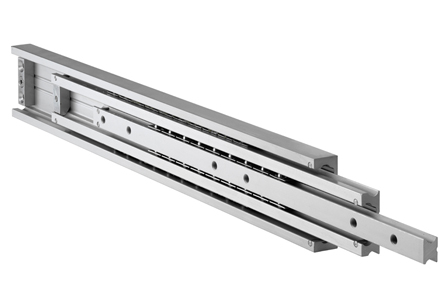
But you also undoubtedly took a few detours along this journey to read the news, email a friend and shop for a new pair of shoes in the meantime. If you’ve already started exploring a topic and visited multiple sites along the way over a number of days or weeks, chances are you’ve found helpful information you might want to revisit. Now, we’re kicking off two new experiments with the goal of making it easier to navigate, explore and keep track of the things you find on the web.

It can be challenging, and more importantly, it can take up time that you could be using to get things done. You might search for the same thing multiple times, jump between pages, head back to Google Search again, or parse through your history for that one page you can’t seem to find again. When you’re looking for a certain piece of information or working on a project, your path through the internet likely isn’t a linear one. Now the bar has been raised, and they need to fit together seamlessly in order to create a reliably fast user experience on the web. In earlier eras of the web, it was a huge achievement to simply make all these features work at all. (This feature has been around for native apps for so long, we just take it for granted, but it wasn’t always that way!)īrowsers already have good isolation from other apps on your computer (thanks to the OS), but within a web page, it can be difficult to isolate all the pieces, such as iframes for ads and other embedded content, video and audio, animations, scrolling, JavaScript, and various other browser tasks. Performance isolation is what allows you to have a nice experience reading your email while music and video is playing in the background: your computer and operating system (OS) architecture makes sure that they all share the CPU fairly and smoothly. Performance isolationThe third key technique is performance isolation. RenderingNG applies novel technologies throughout the stack to make this work, including a complete rewrite of how compositing works, enabling the flexible use of GPU or CPU computations for arbitrary pieces of web pages, in order to pick the right fit for each web page and device. It turns out to be challenging to be able to scale up and scale down seamlessly, and in a way that doesn’t break web content or make the browser unresponsive in key situations. On the other hand, there are times when the browser must scale down because battery life may be considered more important than maximum use of GPU and CPU resources to make rendering faster.

As one example of scaling up, it’s important that scrolling happen in parallel with JavaScript on all devices otherwise the browser will have poor user responsiveness. This means that the browser needs to be able to scale up and down its use of the GPU and multi-threading to balance multitasking, battery, and device temperature.


And finally, the browser must always be smooth and responsive to the user. Likewise, browsers also need to maximize battery life of your phone and laptop, and prevent the device itself from getting too hot (here’s looking at you, CPU cooling fans!). They should not slow down your ability to interact with your computer or phone, or keep you from multitasking between the browser and other apps. Scaling up and scaling downTo avoid exhausting available resources and potentially diminishing the user experience of the web, browsers must be respectful of efficiency.


 0 kommentar(er)
0 kommentar(er)
